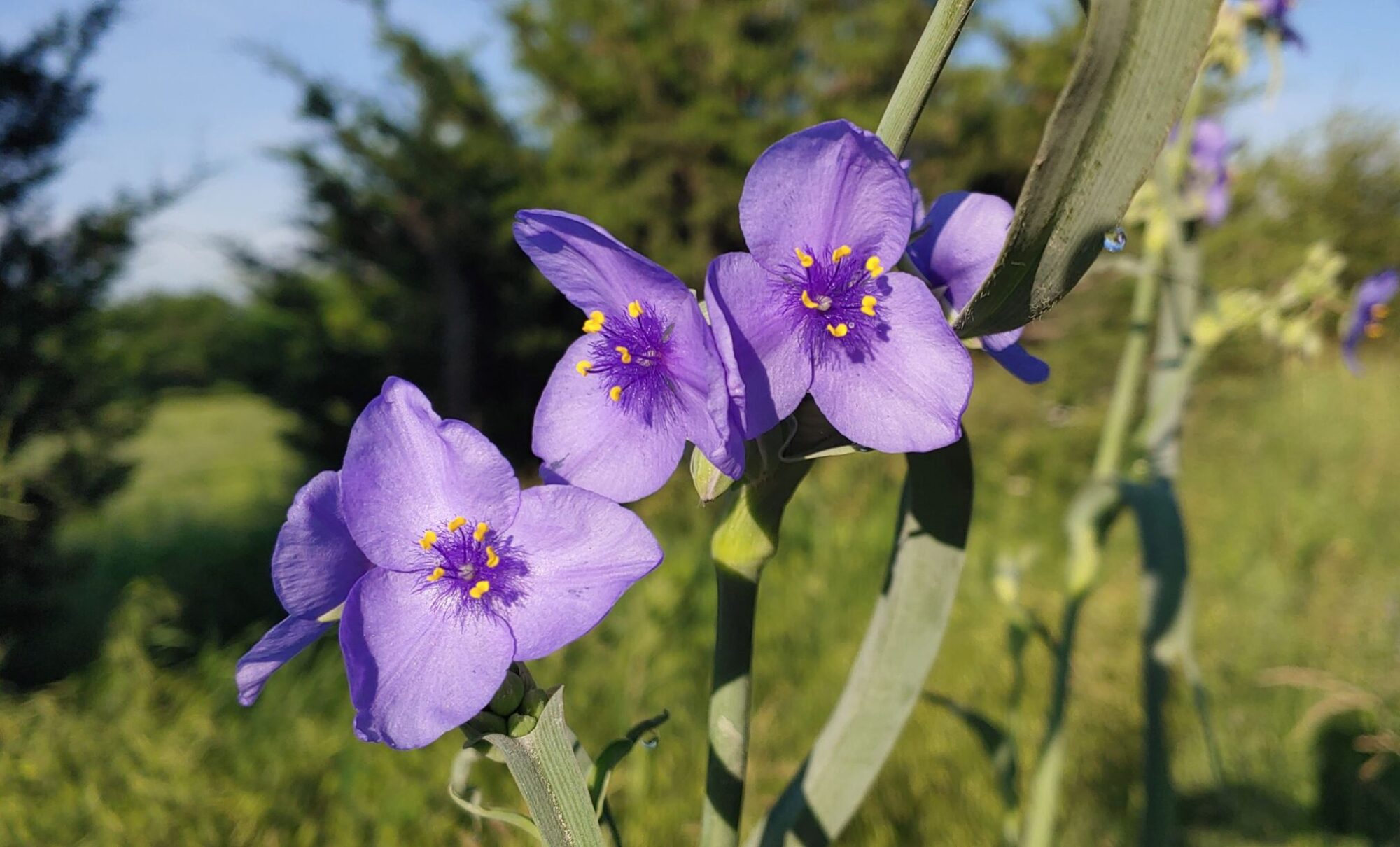At first glance you wouldn’t think these two things have anything to do with each other. How can aroma therapy have any relation to pickling spices?

Yeah, I was kinda surprised too. I’d never pickled anything before the refrigerator pickles I learned about this summer. If you haven’t seen that, you can find that recipe here.
But this pickling is different than the refrigerator pickling.
I found a recipe for picking in a book I’ve had for years, but hadn’t really ever used yet.
The reason for the need
The okra in our garden this year has exploded. By the end of the week, I’ve got 2-3 gallons of okra that I have to process. And while we’ve discovered we love fried okra, you just can have that every night.

We’ve never grown okra before, so we had no idea how much we would get.
I finally counted my plants last week and we have 21 okra plants. I think that’s about 19 plants too many, unless you plan to sell them at the farmers market. That might just happen next year.
So I’ve been drying a ton of it. I’ve frozen a few gallons of it, but I need to save freezer space for after hunting season. So I’m sticking to dehydrating.
But I wanted to try something different.
A friend of mine suggested pickling it. I’d seen some recipes, but really wasn’t sure about it. She kept telling me how good it was. She told me how her mom used to make it when she was a kid. And she also remembered how long they had to wait for it to be ready to eat.

So I got my books out (I love cook books and have a ton of them) and started looking. I found one pretty quickly.
The recipe called for pickling spices with a recipe for making your own pickling spices mix in the book too. I knew I didn’t have any pickling spices in the house, so I checked the recipe. I had almost everything called for and hoped the few things I was missing wouldn’t be a big problem.
The recipe talked about making adjustments for your own tastes, so I figured it’d be fine.
I put the recipe together in a mason jar and shook it to mix it all up. Then I opened the jar. Holy smokes!!!! Does that ever smell awesome.
I’ve used the spices twice now to make pickled okra and will probably try it with something else in the future, just not sure what yet. But I think what I’ll actually use it for next is to boil in water on the stove top for the incredible aroma of it.
The aroma therapy of pickling spices

This stuff smells like Thanksgiving Dinner and pumpkin pie all wrapped in one. It’s warming and homey and the smell alone will make you feel cozy. Like you’re wrapped in a warm blanket on a cold day.
I’m pretty sure you can pay money for stuff from the store that smells like this. But I say, why not make your own.
It’s really simple. You probably have most, if not all, these spices in your kitchen cupboard already. It’s easily adjustable, if you want to make any changes, although I think it’s great just as it is.
Pickling Spices Recipe Mix
This recipe is from the book Food in Jars, Preserving in Small Batches Year Round, by Marisa McClelan. This book has some really great recipes.
- 3 TBL black peppercorns
- 3 TBL crushed bay leaves
- 3 TBL whole allspice
- 3 TBL corriander seeds (I didn’t use this)
- 3 TBL mustard seeds
- 3 TBL juniper berries
- 1 TBL whole cloves
- 1 TBL dill seeds
- 1 cinnamon sicks, broken into pieces.

Put all ingredients in a jar and shake to mix.
I’ll be trying this to scent the house when it cools off a little. Probably should wait until we aren’t running the air conditioner on a regular basis.
I hope you check this out. I was greatly impressed and I think you will too.
Let me know what recipe you have a recipe like this. Sometimes a little aroma therapy is all it takes for a relaxing evening at home after work.
Until next time –
Health, Wealth & Blessings ~ Tracey



































